Blogs
- Jun 15, 2023
- Blog
- Wireless
Free Space Optical Communication(FSOC) Research and Development
#FSOC/Terahertz
Scroll
Value of FSOC
SoftBank is conducting research and development of FSOC as one of the possibilities of new communication media for 6G.
FSOC is a medium that is expected to realize higher-speed, large-capacity, and low-latency communication compared to conventional radio waves for telecommunications. In addition, because the beam is extremely narrow, it is difficult for interference to occur and less likely to be intercepted during communication. Furthermore, FSOC is a beneficial communication medium for telecommunication companies as well because as long as the laser safety standards are met, it does not require a usage license, offering greater flexibility in terms of equipment installation and operation compared to radio waves used in electrical communication.
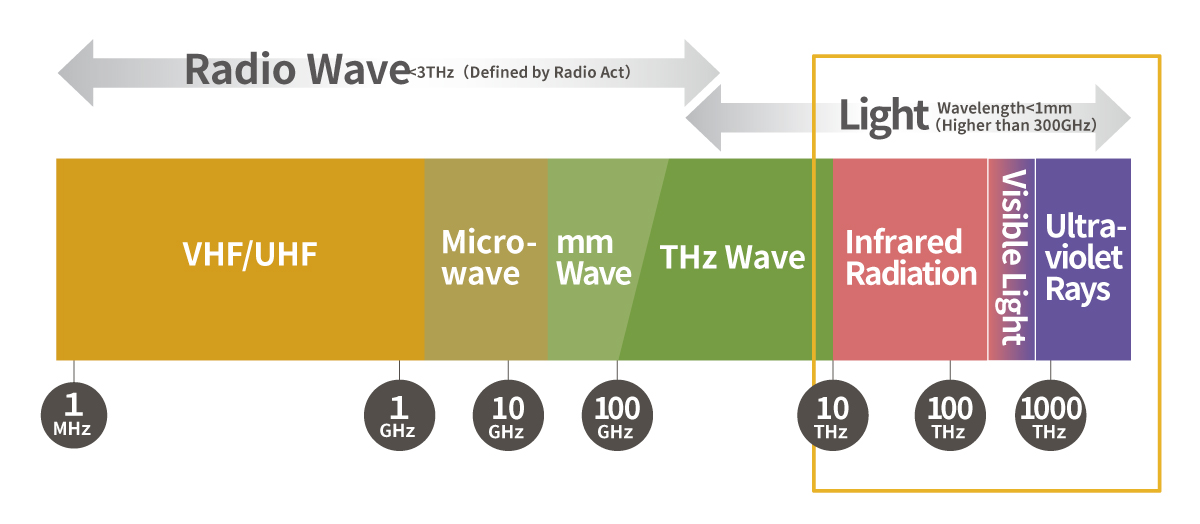
FSOC will provide high-speed and high-capacity backhaul communications to areas where optical fiber is not installed, as well as to moving objects such as satellites, HAPS (High Altitude Platform Station) and drones, and is expected to create new communication services and significantly improve existing services.
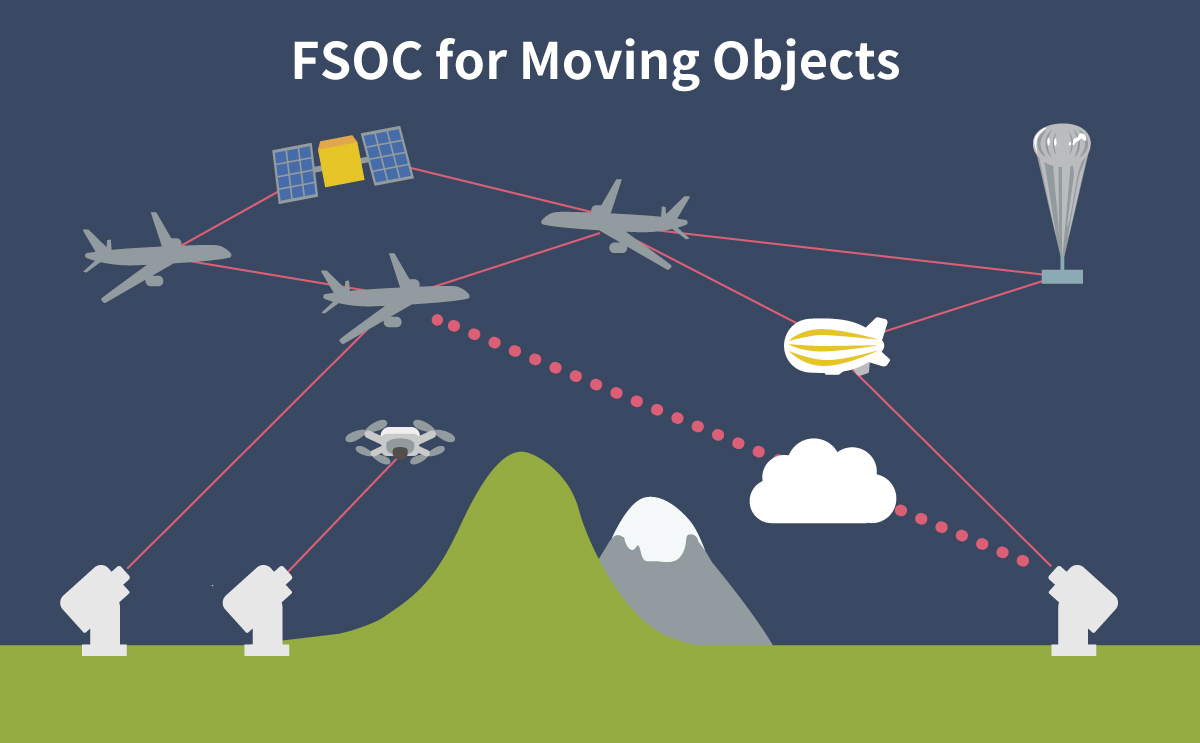
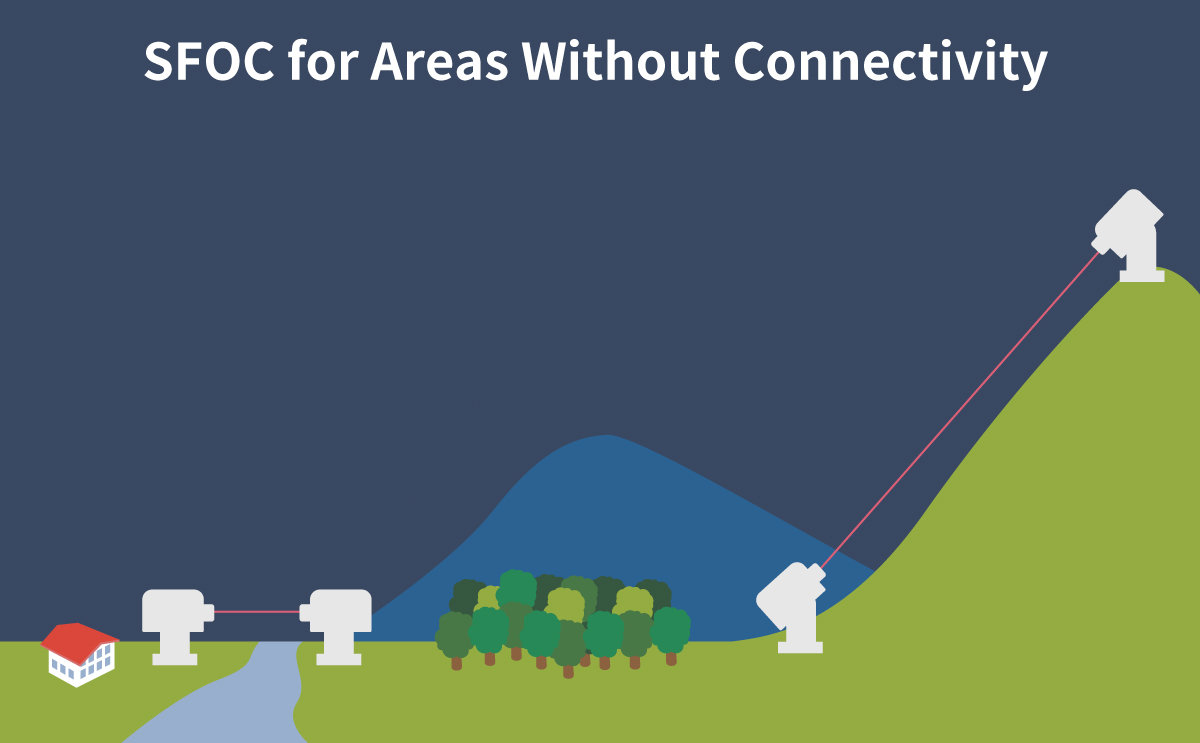
Research and Development for Problem Solving
FSOC uses highly directional laser light to obtain sufficient reception power. When applying this to mobile communications, it is necessary to have a tracking function that adjusts the angle of the receiving direction of the communication device by controlling gimbals and mirrors with high precision.
Also, in fixed backhaul communication applied between ground bases, communication light is disturbed due to atmospheric turbulence and humidity, thus requiring different tracking capabilities to overcome these disturbances.
In cooperation with universities and companies, SoftBank is working on research and development not only to solve these problems, but also to put them into practical use by adopting tracking systems such as precision motors and positioning systems, and optical modules that are resistant to atmospheric disturbances. We are also researching and developing materials and structures in order to realize lightweight and inexpensive communication equipment.
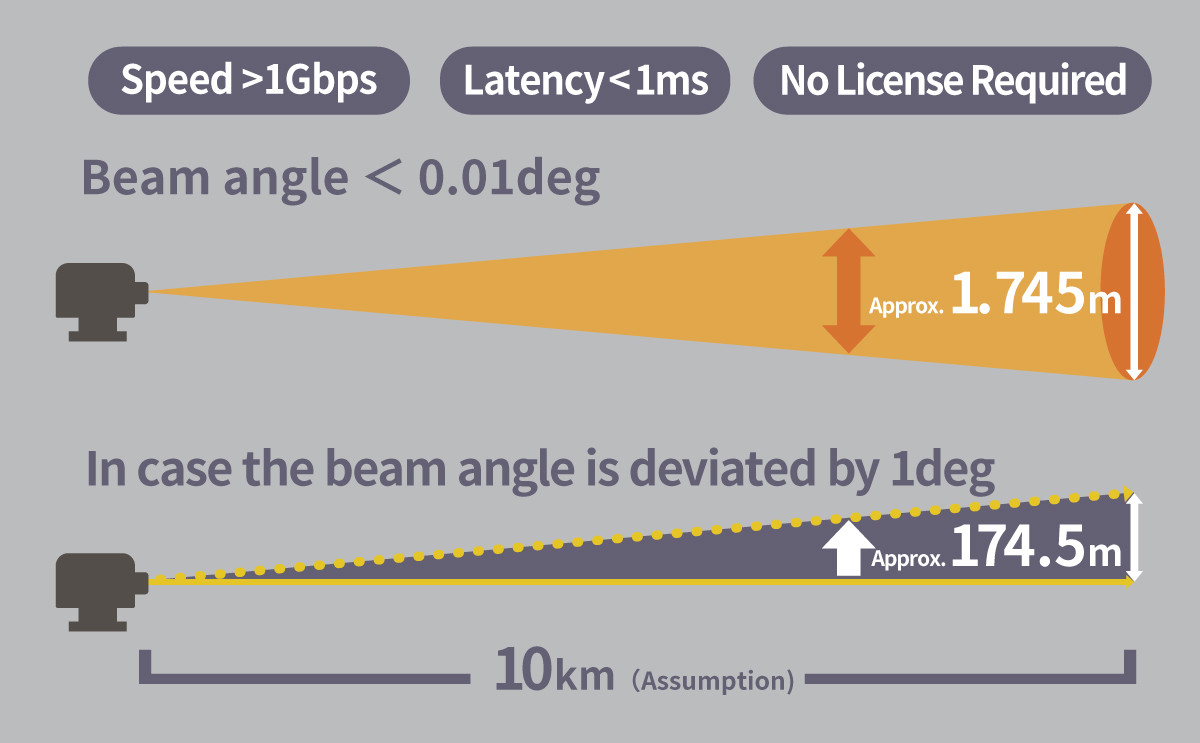
Efforts toward Practical Implementation
When FSOC communication is put into practical use, the most difficult issue is the stability of communication quality, that is, communication availability. Just as rain and water vapor make it difficult to see distant objects with the naked eye, moisture in the atmosphere scatters and absorbs the beam for FSOC, making the received power extremely weak. In order to develop FSOC communication with these characteristics, it is necessary to establish not only equipment and functions but also wireless design methods, so we first indexed the capabilities of FSOC as a communication medium.
FSOC equipment and weather observation equipment were installed on each of the two building roofs, and various data were acquired and analyzed.
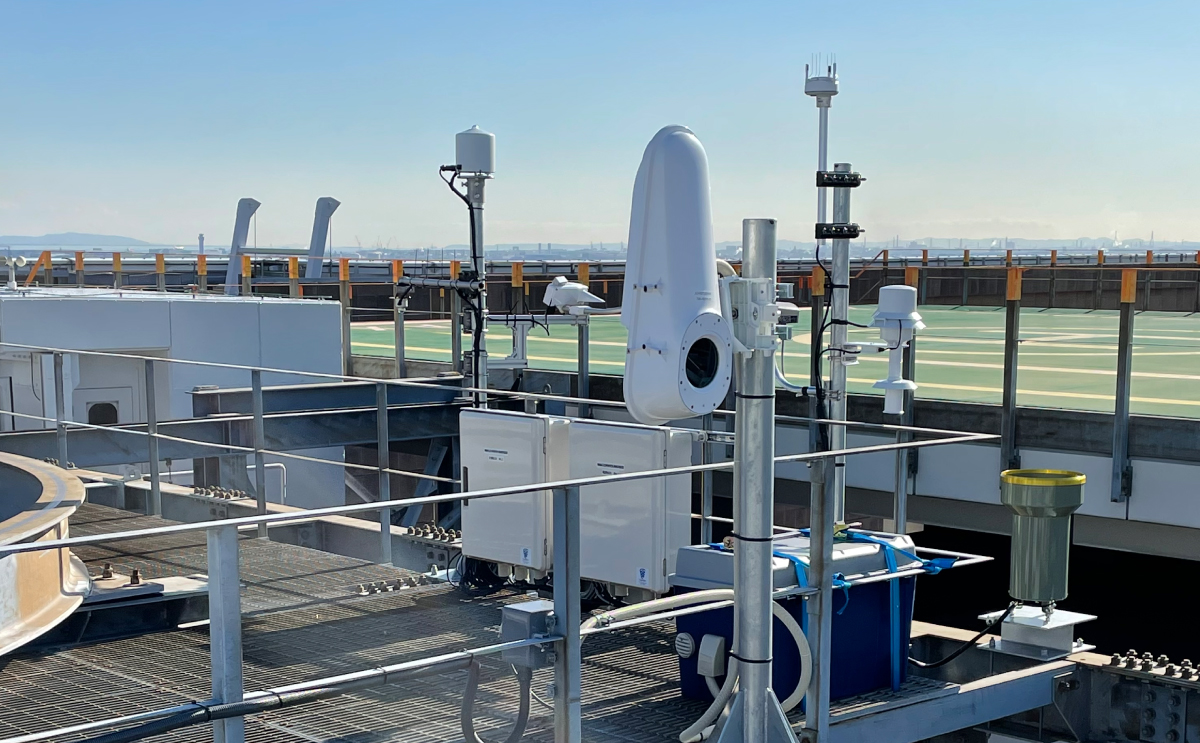

In order to measure the effects of moisture in the atmosphere, we are developing our own inference model based on the acquired data. A wireless design tool that implements this model makes it possible to select usable areas and distances from weather data, optimize routing, and so on. We have also started verifying the practicality of the tool through the application of actual use cases.

In April 2023, at an art event held at the Kiyoharu Art Village in Yamanashi Prefecture, we presented art that took advantage of FSOC's characteristics of large capacity and low latency.
In addition, from March 2023, we have started demonstration experiments as a backhaul for base stations in areas where optical fiber is exhausted.


SoftBank will continue to conduct research and development with the aim of establishing FSOC communication technology that can be used in diverse use cases, including disasters and various events.